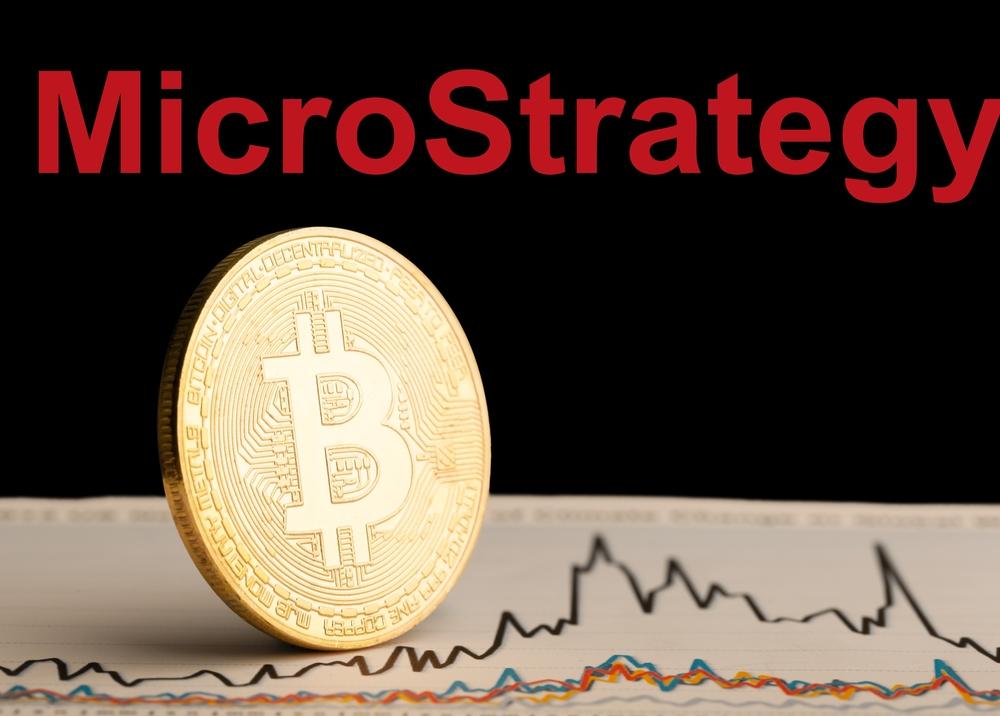The digital media industry is at a crossroads, facing ongoing challenges in delivering trustworthy news in an era of information overload. Web3 and blockchain technology are emerging as potential game-changers, offering a fundamental reimagining of how media and journalism operate. This article explores key examples of blockchain and Web3 applications in the media industry, traces the evolution of PUBLISH, and considers how these technologies might shape the future of news and journalism.
Blockchain and Web3 in Media: Key Examples
One of the earliest and most ambitious attempts to integrate blockchain into media was Civil, a platform designed to enhance the transparency and trustworthiness of journalism through decentralized technology. Civil allowed news organizations to operate independently within a decentralized network, where readers could use Civil tokens to evaluate and directly support high-quality content. Despite its visionary approach, Civil struggled to build a sustainable user base and ceased operations in 2020. Civil’s story highlights the challenges of user adoption and sustainability, even for innovative projects in the blockchain space.
Another notable example is Steemit, a blockchain-based social media platform that rewarded users with cryptocurrency for creating and curating content. Steemit’s decentralized economic model aimed to fairly compensate content creators based on the engagement their posts received. While Steemit initially gained significant traction, it eventually faced challenges due to its complex reward system and the volatility of the cryptocurrency market. Steemit illustrates both the promise and the challenges of integrating blockchain into media reward systems.
Mirror offers a more recent success story in the blockchain media space. This platform allows writers to publish content and mint it as NFTs (Non-Fungible Tokens), which can be purchased by readers. Mirror provides a clear framework for ownership and monetization of digital content, offering writers direct financial rewards without intermediaries. As a thriving project, Mirror exemplifies how blockchain can be successfully integrated into media and publishing, highlighting Web3’s potential in the industry.
Recently, Story Protocol has emerged as a new player, attracting attention for its approach to content creation and ownership. Story Protocol enables creators to register their work on the blockchain, ensuring copyright protection while allowing readers to subscribe to or purchase content directly. The protocol’s standout feature is that it gives creators full ownership of their work, enabling direct interaction with their audience without intermediaries. This model offers creators greater control and fairer revenue sharing compared to traditional centralized content distribution methods.
PUBLISH Protocol
PUBLISH has been at the forefront of integrating Web3 and blockchain technology into digital newsrooms, driving innovation in media. Initially focused on digitizing newsrooms, PUBLISH has evolved to enhance transparency, trust, and content ownership through various blockchain solutions. The platform aims to create an economic system where readers and news organizations can interact directly, going beyond mere technological improvements.
One of PUBLISH’s notable achievements was transforming the "Hunminjeongeum Haeryebon," an ancient Korean manuscript, into an NFT. This effort not only safeguarded the digital copyright of a cultural artifact but also highlighted how blockchain technology can preserve and promote cultural heritage. Just as King Sejong revolutionized language with the creation of Hangul, news and journalism require a similar scientific and systematic transformation, driven by blockchain.
Building on these experiences, PUBLISH continues to evolve, focusing on enhancing trust and transparency in journalism through Web3 technology. PUBLISH 2.0 is designed to strengthen interactions between media outlets and readers, clarify content ownership, and establish a fair reward system. This initiative marks a significant shift in the media and journalism industry, pushing toward a more decentralized and transparent future.
The Future of Web3 in Media
In the future, Web3’s application in media and journalism will likely involve redefined content ownership, decentralized journalism, transparent advertising systems, and community-driven decision-making. These changes won’t just be technological; they will fundamentally shift the industry’s paradigm. However, such a shift won’t be easy. Adopting Web3 technology could clash with existing centralized systems, and there will be challenges in education and infrastructure to support this transition.
Despite these hurdles, PUBLISH is committed to leading this innovation. The company remains focused on using Web3 technology to enhance transparency and trust in journalism while building a sustainable, user-centered media ecosystem. Through these efforts, PUBLISH aims to contribute to a future where everyone has access to fair and reliable information.

























Comment 0